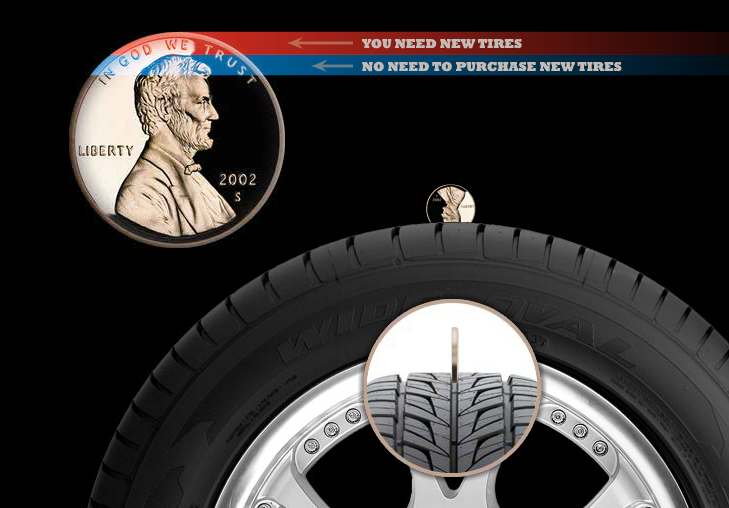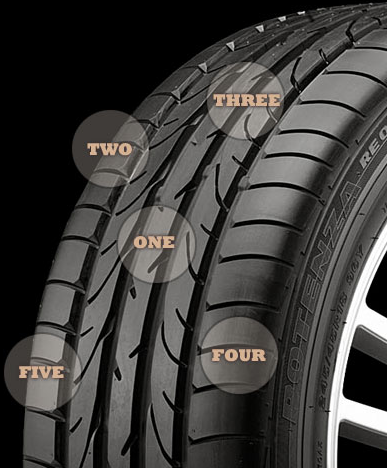With cold weather right around the corner, Autumn is the best time to schedule a battery test.
Old Man Winter can be tough on any vehicle, but the battery, specifically, takes a beating. Your vehicle’s battery loses 33 percent of its power when the temperature dips below freezing, and over 50 percent of its power when the temperature falls below zero.
Expert Advice on Winterizing Your Battery
- Seek Professional Help—for your batteries, that is. These aren’t your typical AA batteries, so it’s important to have us check the battery and electrical system. Sometimes the naked eye cannot detect the presence of corrosion because it is hidden under the metal between the connection and the post.
- Protect Your Battery from Mr. Freeze. The cold weather can dramatically reduce a person’s energy level and it can do the same to a battery’s available starting power. It’s a good idea to have your car’s starting and charging system tested every six months.
- Charge It. Use a battery charger to maintain charge levels and keep the battery in good condition. A fully charged battery will not freeze until -76°F; however, a fully discharged battery could start to freeze at 32°F.
- Small Maintenance Chores are Necessary. Preparing your car for the winter doesn’t end with the battery itself. You need to inspect your battery cables, posts, and fasteners. Make sure your cables are in good shape and are secured firmly to the battery.
Winterization Checklist
To maximize protection against cold-weather conditions, now’s the time to make sure you not only winterize your battery, but your vehicle too.
We recommend all vehicle owners to check the following items for a safe winter:
- Replace worn windshield wipers every 6 months.
- Refill washer fluid often. Winterize with a 50/50 mix of washer fluid and water.
- Make sure the heater and defroster are in good working condition.
- Inspect all bulbs and lights for proper operation.
- Check condition of tires, including the spare.
- Measure your tire air pressure regularly.
- Change oil every 3,000 miles.
- Examine exhaust system for leaks.
- Flush and refill cooling system with a 50/50 mixture.
- Check drive belts, clamps and hoses.
Everyone should carry emergency gear such as gloves, boots, tire chains, battery booster pack, cell phone, blankets, flares, flashlight and some high-energy, non-perishable snacks.




